
https://youtu.be/Hgn14XgT2to?si=3HOzqSjIiaiBobRQ
6 Tricks to Speed Keto Adaptation – Dr. Berg
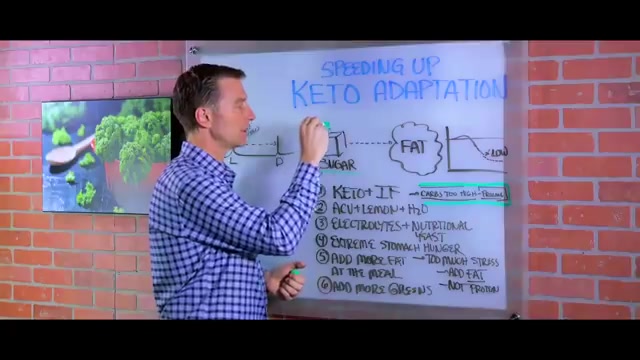
Okay , guys .
We wanna talk about how to speed up this whole keto adaptation .
Now , what's happening is you're going from sugar fuel to fat fuel .
Now let's look at what's happening deep inside the cells .
Your body is running on sugar .
Okay ?
Blood sugar .
So it's dependent on mainly the stored sugar in your muscle and your liver , which you don't have a lot of , or the the diet .
So you're like , you have constantly eat to keep the sugars up .
So now what we wanna do is dependent on the fat because we have a lot more fat than we do stored sugar .
In fact , we have an average thin person has about 77 , 000 calories of stored fat .
So this is a better quality of fuel .
But in the transition phase , you might have a lowered blood sugar .
Okay ?
And this is where people get uncomfortable .
So there's some tips that you can do .
Number 1 , always combine keto with intermittent fasting at the same time .
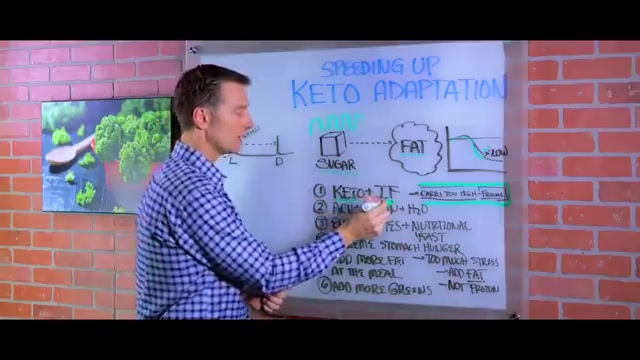
Don't do them separately .
They're both powerful tools and strategies to drop insulin to speed up the process .
Because if you do intermittent fasting with too much sugar , too much carb , you're gonna prolong the agony and never get into ketosis because to get into ketosis , you need to drop your carbs .
Okay ?
But intermittent fasting works because you're not eating as frequent , and you're gonna drop insulin .
So if you're just doing keto and you're doing multiple meals , realize every time you eat , you spike insulin .
And again , you're gonna it's gonna take longer to get into this adaptation where your body has cellular machines that are burning fat full time .
K ?
So you basically have to drop this way down to the point where your body is , like , looking for fuel .
It can't find it , so it's gonna go after the fat , and then it's going to if you do this correctly , it'll be , like , 3 days , maybe 4 days , and then you'll you'll be , like , 80% in ketosis .
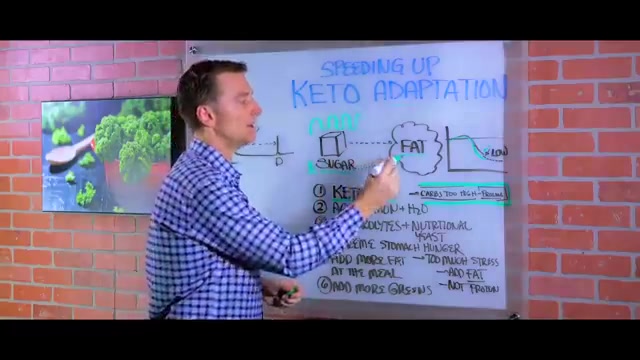
But sometimes it takes longer , which I'll cover in a second .
But the point is it'll happen like gradual , gradual , gradual .
Now there's gonna be a point where you're gonna be between meals where you're really , really hungry .
Okay ?
So you have to differentiate a mild hunger , which you just push through , or intense hunger , where it's , like , really severe .
In which case , we don't wanna add more stress to your body , so don't suffer through that .
Just add a small snack , which is only fat .
Don't add protein .
Add fat because protein will stimulate more insulin .
Fat will stimulate a little insulin , but not as much as protein .
Because as soon as you eat the protein , you're gonna feel better , and it's gonna crash down .
Now you're gonna be hungry again .
So do fat .
Maybe you do pecans , which is a real fatty nut , or an avocado .
But just do a little fat just to get you through the transition .

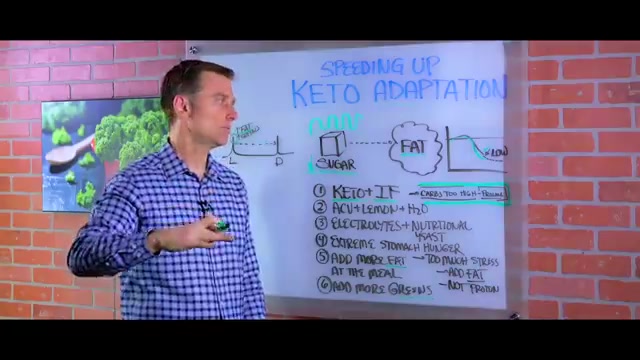
And the other thing is if you're going from 1 meal to the next , it's very , very important to have enough fat to satisfy you .
So if you're , like , hurting and you're really suffering , make sure the next meal you add more fat .
So that's 1 thing , which is right here .
But also add more greens , more salad and vegetables because the potassium will actually heal the insulin and help stabilize the blood sugar at the cellular level .
So we need those minerals to really speed this process up .
K ?
The other thing is apple cider vinegar .
With lemon , do a tablespoon and a tablespoon of lemon and some water .
Take a straw so it doesn't bother your teeth .
Sip it down .
That will actually speed things up too .
Electrolytes with large amounts of potassium and nutritional yeast also will speed things up because that heals the the deeper root problem , which is insulin resistance .
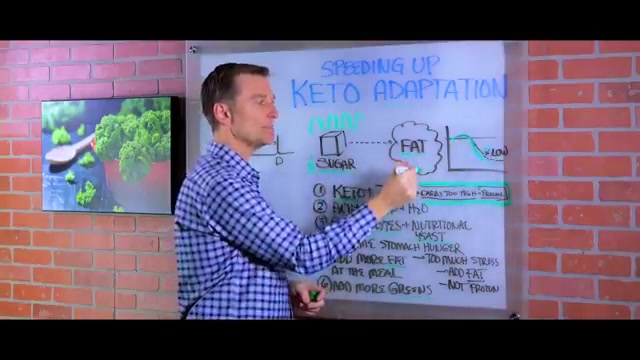
So basically , in the transition phase , you're really dealing with a below blood sugar situation , and what's behind that is your body has not fully adapted .
So all of these things are gonna help , So go ahead and apply it and put your comments down below .
Press the subscribe button and I will keep you updated on the future events .
Are you looking for a way to reach a wider audience and get more views on your videos?
Our innovative video to text transcribing service can help you do just that.
We provide accurate transcriptions of your videos along with visual content that will help you attract new viewers and keep them engaged. Plus, our data analytics and ad campaign tools can help you monetize your content and maximize your revenue.
Let's partner up and take your video content to the next level!
Contact us today to learn more.